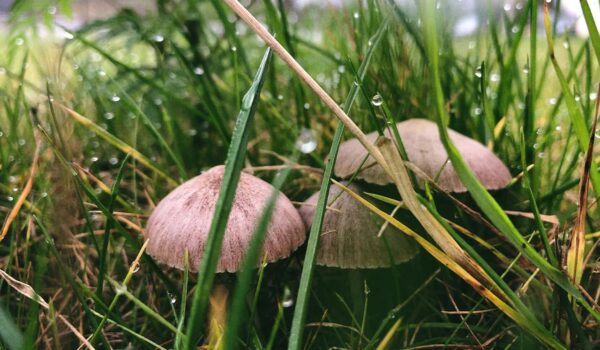Broadly speaking, mycology can be defined as the branch of biology that deals with the study of fungi. Contrary to popular belief, fungi are not and should not be classified as plants. In fact, far from it, fungi can be defined as eukaryotic organisms that have chitinous cell walls and are heterotrophic, meaning they cannot produce their own food due to a lack of chlorophyll or similar compounds.
They are usually divided into two forms: yeast or yeast-like fungi (unicellular organisms) and filamentous fungi (multicellular organisms). In addition to the fact that, unlike animals and plants, fungi do not have true tissue, i.e. in the vast majority of fungi, their body consists of rows of filaments (hyphae) that grow as they grow, bifurcate to form the body of the fungus (mycelium), so they do not have differentiated organs or structures like other eukaryotes.
They reproduce mainly through spores, which play an important role as decomposers of organic matter (like bacteria). The most well-known groups include yeasts, fungi, and molds. Due to these characteristics, fungi are classified in a taxon different from plants and animals, respectively, and belong to the kingdom of fungi.
Course program:
Lecture 1: Systematics – the science of classification
Lecture 2. Mycology – the science of fungi
Lecture 3. Reproduction and life cycles of fungi
Lecture 4. Fungi and fungi in the system of the organic world
Lecture 5. Zygomycotic fungi as a polyphyletic group
Lecture 6. Ascomycotic fungi.
Lecture 7. Basidiomycotic fungi
Lecture 8. Lichens

